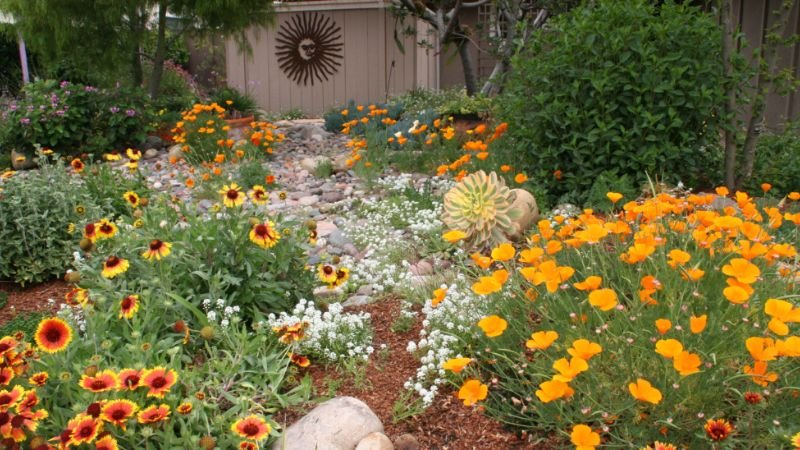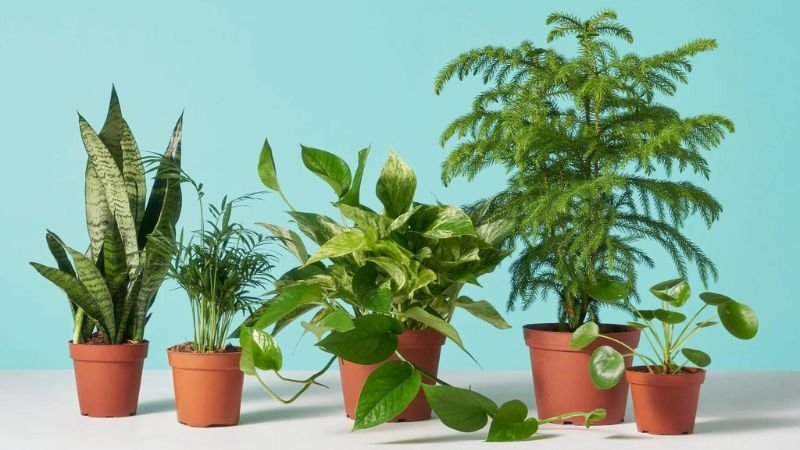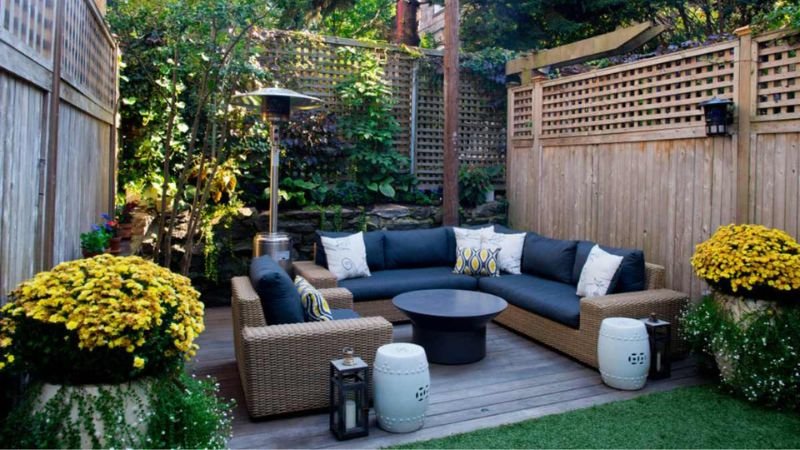How To Start a Native Plant Garden – Starting a native plant garden is a rewarding way to enhance your outdoor space while supporting local ecosystems. Native plants are adapted to the local climate and soil, making them easier to maintain and more beneficial for local wildlife. By incorporating plants that naturally thrive in your region, you can create a beautiful, low-maintenance garden that requires less water and fewer chemicals.
In this guide, we’ll walk you through the essential steps to start your native plant garden, from selecting the right plants to preparing your soil. These pointers will assist you in creating a flourishing, environmentally responsible, and aesthetically beautiful garden, regardless of your level of gardening experience.
How To Start a Native Plant Garden?
1. Research and Plan
Before you begin, it’s crucial to research and plan your native plant garden. Start by understanding your local climate, soil conditions, and the specific plants that thrive in your region. Visit local nurseries or botanical gardens for advice on native species suited to your area. Look into plant hardiness zones and select species that will be able to survive and thrive in your garden’s environment.
Consider the amount of sunlight your garden receives, as some native plants prefer full sun, while others do better in partial shade. Creating a detailed plan will help you design a garden that not only looks beautiful but also supports local wildlife.
Also Read:- Small Backyard Ideas For Your Outdoor Space
2. Select the Right Plants
Choosing the right plants is key to a successful native garden. Opt for a variety of plants that offer different heights, colors, and blooming times to ensure year-round interest and support diverse wildlife. Think about incorporating a variety of shrubs, floral plants, and grasses.
Native perennials are an excellent choice as they return each year and often require less maintenance than non-native species. Additionally, select plants that cater to local pollinators like bees and butterflies. Consult resources such as native plant guides or local horticultural societies to find species that are well-adapted to your area’s conditions.
3. Prepare the Soil
Proper soil preparation is essential for the health of your native plants. To begin, conduct a pH and nutrient level test on your soil. Many native plants prefer well-draining soil, so you might need to amend heavy clay or sandy soils to improve their structure. Add organic matter—compost or aged manure, for example—to improve drainage and soil fertility.
Remove any existing weeds or invasive species, as they can compete with your new plants for resources. Prepare the planting area by digging and loosening the soil to create a welcoming environment for your native plants to establish strong root systems.
4. Design Your Garden Layout
Designing your garden layout involves arranging plants in a way that maximizes their growth and aesthetic appeal. Group plants with similar water and sunlight needs together to simplify maintenance and ensure they thrive. Create layers of vegetation, with taller plants at the back and shorter ones in the front, to add depth and visual interest.
Incorporate pathways, seating areas, or decorative features to make the garden more functional and enjoyable. Planning your layout in advance helps you visualize the final result and ensures that each plant has enough space to grow without overcrowding.
5. Planting and Installation
When planting, follow the specific planting instructions for each type of native plant. Dig holes that are slightly larger than the root ball and gently place the plants in the holes, ensuring that the top of the root ball is level with the surrounding soil. Backfill with soil and water thoroughly to eliminate air pockets and promote root establishment.
For shrubs and trees, consider staking them if they are in a windy area to provide support while they establish themselves. Be mindful of spacing to allow plants to grow to their full size without competition. Proper planting techniques are crucial for the long-term health and success of your native garden.
6. Watering and Maintenance
Native plants generally require less water than non-native species, but they still need some care, especially during their establishment period. Regularly water your plants, but don’t overdo it since this might cause root rot. Use mulch to retain soil moisture and suppress weeds, and apply it around the base of your plants, keeping it a few inches away from the stems.
Monitor your garden for pests and diseases, and address any issues promptly using environmentally friendly methods. Regular maintenance, such as pruning and deadheading, will help keep your garden looking its best and ensure that your native plants continue to thrive.
Also Read:- Low-Maintenance Front Yard Landscaping Ideas
7. Enjoy and Evaluate
Once your native plant garden is established, take time to enjoy the beauty and benefits it brings. Observe how the plants evolve through the seasons and how they attract wildlife to your garden. Evaluate the garden’s performance by noting which plants do well and which may need adjustments in terms of placement or care.
Use this feedback to make improvements and adapt your gardening practices. Share your experiences with others and consider expanding your garden to include more native species. By continuously observing and adjusting, you can create a thriving garden that provides lasting enjoyment and supports local ecosystems.
Conclusion
Starting a native plant garden offers numerous benefits, from reducing water usage to providing habitat for local wildlife. By following the steps outlined in this guide, you can create a vibrant, sustainable garden that enhances your home and supports the environment. Recall to select plants appropriate for your region, carefully prepare your soil, and keep your garden as low-maintenance as possible. With a little planning and effort, you’ll enjoy the beauty and ecological benefits of a native plant garden for years to come.
FAQs
What advantages may a garden with native plants offer?
Native plant gardens are low-maintenance, conserve water, and provide essential habitats for local wildlife, making them an eco-friendly choice for landscaping.
How do I choose the right native plants for my garden?
Research plants that are native to your region, considering factors like soil type, sun exposure, and climate. Local nurseries or extension services can offer valuable advice on suitable species.



